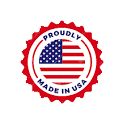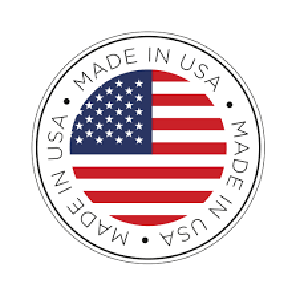Made in America! Really?
About 80 percent of American consumers say they would rather buy an American-made product than an imported one, according to a recent Consumer Reports survey. More than 60 percent say they’re willing to pay 10 percent more for something made in America rather than the same item that is imported. For some consumers, the decision might stem from a belief in American quality and safety. Others might think it’s the best way to support the American economy and workers. But in our increasingly complex global economy, how much meaning does a label stating “Made in America” still hold?
Reshoring to America
 Some iconic American products, from the Apple iPhone to Cuisinart food processors, have little or no manufacturing presence on these American shores. Others, like cars, have maintained their presence in the states. While many foreign makers have invested heavily in manufacturing plants in the United States, the auto industry has long grappled with what it means to be made in America. (Read “What Makes a Car ‘American’?”)
Some iconic American products, from the Apple iPhone to Cuisinart food processors, have little or no manufacturing presence on these American shores. Others, like cars, have maintained their presence in the states. While many foreign makers have invested heavily in manufacturing plants in the United States, the auto industry has long grappled with what it means to be made in America. (Read “What Makes a Car ‘American’?”)
But now, because of a wave of “reshoring,” many appliance manufacturers and other companies are moving significant operations back to the USA. Since 2010, about 300 companies have returned here, according to the Reshoring Initiative, or RI. RI is an industry-supported, not-for-profit entity that focuses on bringing manufacturing jobs back into the United States.
Is American Manufacturing in Decline?
And yet the perception persists that American manufacturing is in decline. It’s fueled by the fact that very few products sold in the U.S. are actually produced here. Examples of these are consumer electronics and clothing. But the Department of Commerce reports that between 2009 and the end of 2014, U.S. manufacturing output grew by 45 percent. Between February 2010 and May 2014, 646,000 jobs were added; and another 243,000 positions are waiting to be filled.
Even so, such growth hasn’t made up fully for losses during the 2008-2009 recession.
There are at least two reasons cited for the resurgence of American manufacturing in recent years. One is cheap energy and another the narrowing gap in labor costs between the U.S. and other countries. But it’s not just about overall costs. A third factor is an increased investment in research and development.
A Label Is Just a Label
No matter how you define a “Made in America” label, though, it has selling power. Therefore, many marketing departments are rushing to capitalize on it. But consumers often don’t know whether they can trust the claim. The Federal Trade Commission has issued standards for products that bear a “Made in the USA” label. Gut those guidelines aren’t widely understood. The claim gets even more confusing when compared with products that say “assembled” or “designed” in America. Adding to the cacophony, there is plenty of outright deception by companies that slap “American” on their products in hopes they’ll be able to cash in on public sentiment before getting found out as a fraud.


